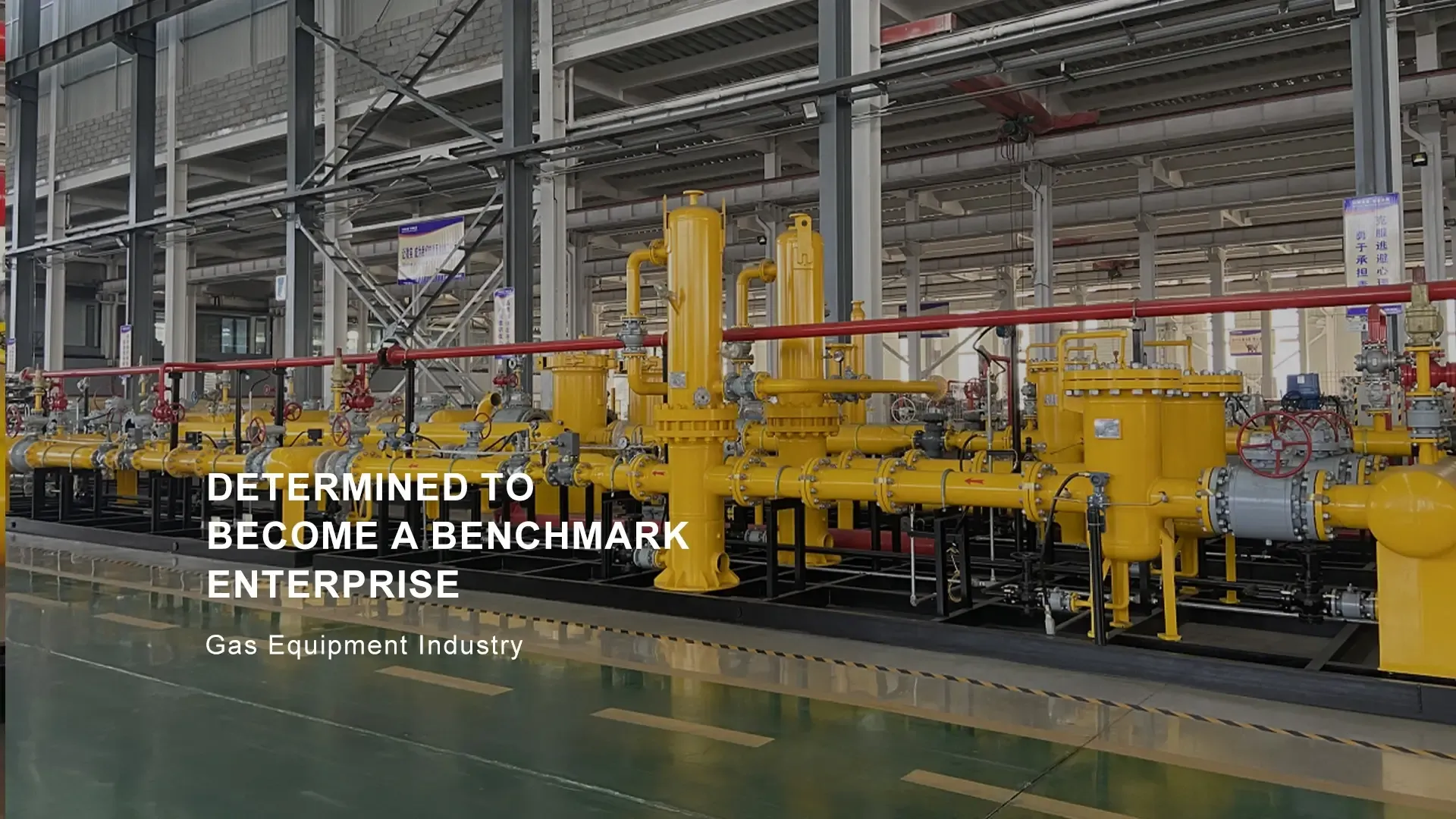
Dec . 24, 2024 14:09
Back to list
صمام منظم ضغط الغاز
Understanding Gas Pressure Regulator Valves
Gas pressure regulator valves are essential components in various applications, including industrial processes, heating systems, and gas distribution networks. Their primary function is to manage and control the pressure of gases, ensuring that a consistent and safe pressure level is maintained throughout the system. This article explores the significance, working principles, components, and applications of gas pressure regulator valves.
What is a Gas Pressure Regulator Valve?
A gas pressure regulator valve is a mechanical device that reduces high gas pressure to a lower, usable level. It ensures that the pressure remains steady despite fluctuations in the supply pressure or changes in gas flow demand. In many cases, these regulators are employed in natural gas pipelines, propane systems, and other gaseous applications where gas pressure must be carefully controlled for safety and efficiency.
How Do Gas Pressure Regulators Work?
The functioning of a gas pressure regulator is based on simple mechanical principles. At its core, the regulator typically includes a diaphragm and a spring mechanism. High-pressure gas enters the regulator and acts on the diaphragm. As the gas pressure rises, the diaphragm moves, compressing the spring. When the set pressure level is reached, the diaphragm’s movement will close the valve, reducing the gas flow into the downstream system.
.
Key Components of a Gas Pressure Regulator
صمام منظم ضغط الغاز

1. Diaphragm The diaphragm is the heart of the regulator, responding to pressure changes and controlling the valve's opening and closing. 2. Spring The spring applies a counterforce to the diaphragm, determining the set point of the regulator. Adjusting the spring tension changes the desired output pressure. 3. Valve Seat The valve seat is where the gas flow is controlled. When the diaphragm moves, it opens or closes the valve seat, allowing gas to flow or stopping it.
4. Inlet and Outlet Ports These ports connect the regulator to the gas supply line and downstream equipment.
5. Adjustment Mechanism Many regulators come with an adjustment knob or screw that allows users to change the pressure setting conveniently.
Applications of Gas Pressure Regulators
Gas pressure regulators are widely used in various industries and applications, such as
- Residential Heating In natural gas heating systems, regulators ensure that gas is delivered at a safe pressure for appliances like furnaces and stoves. - Industrial Processes Factories and manufacturing plants use gas regulators to manage fuel gas for burners, boilers, and other equipment, ensuring optimal operation and safety. - Medical Applications In healthcare, regulators are crucial for controlling the flow of gases like oxygen in medical devices, providing patients with precise dosages. - Automotive Applications Compressed natural gas (CNG) vehicles utilize gas regulators to control the pressure of fuel entering the engine.
Conclusion
Understanding gas pressure regulator valves is essential for ensuring safety and efficiency in gas distribution and utilization. By maintaining consistent pressure levels, these devices play a critical role in protecting equipment and reducing the risk of accidents. Whether in residential, industrial, or medical settings, the importance of reliable gas pressure regulation cannot be overstated. As technology advances, we can expect further innovations in the design and functionality of these vital components, ensuring even greater safety and efficiency in gas-based systems.
Latest news
-
Safety Valve Spring-Loaded Design Overpressure ProtectionNewsJul.25,2025
-
Precision Voltage Regulator AC5 Accuracy Grade PerformanceNewsJul.25,2025
-
Natural Gas Pressure Regulating Skid Industrial Pipeline ApplicationsNewsJul.25,2025
-
Natural Gas Filter Stainless Steel Mesh Element DesignNewsJul.25,2025
-
Gas Pressure Regulator Valve Direct-Acting Spring-Loaded DesignNewsJul.25,2025
-
Decompression Equipment Multi-Stage Heat Exchange System DesignNewsJul.25,2025

